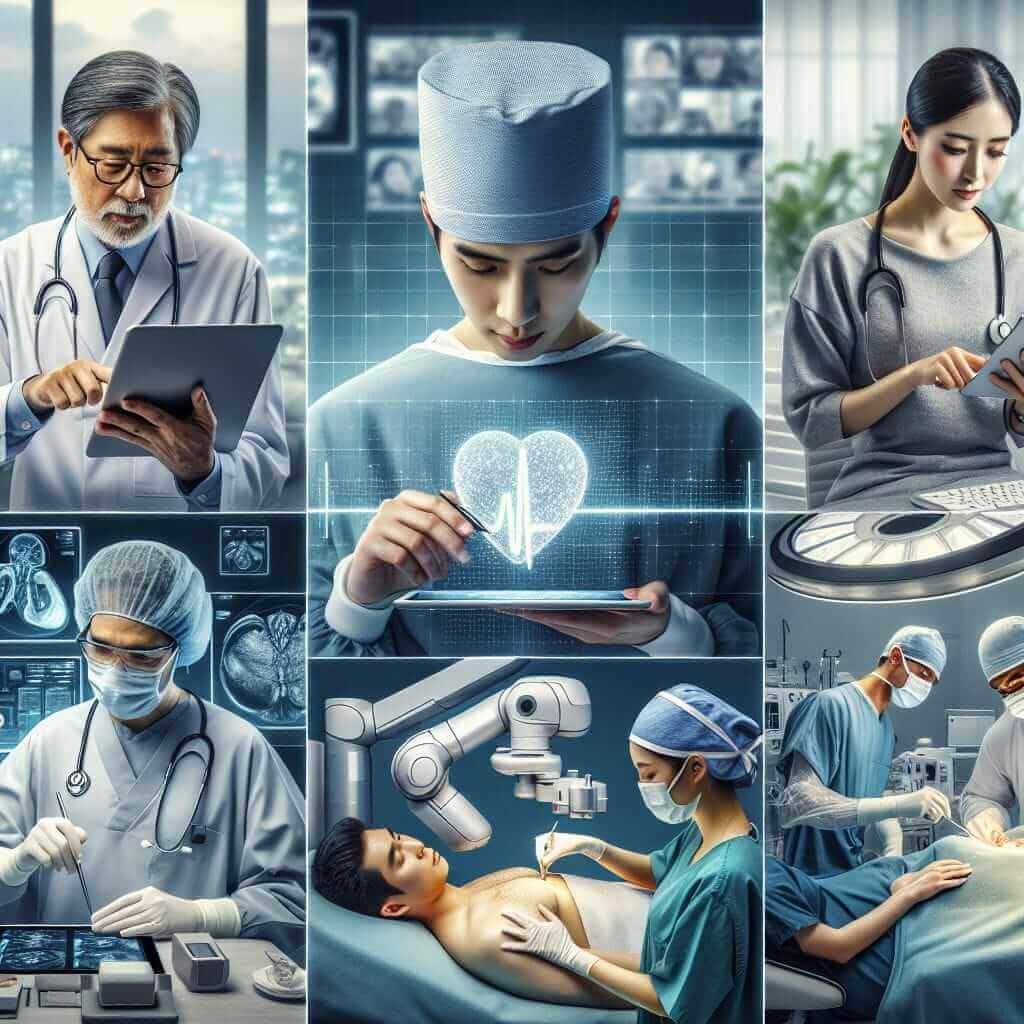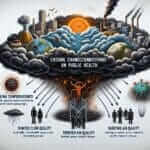Preparing for the IELTS Reading section can be quite challenging. This segment of the test evaluates your ability to grasp the main ideas, understand details, and infer meanings within the given texts. It is common for topics that are current and relevant, such as technological advancements in healthcare delivery, to appear in the Reading section.
The subject of how technological advancements are affecting healthcare delivery has been a recurring theme due to its ongoing relevance and societal impact. Given the rapid pace of innovation in healthcare, this topic is likely to continue appearing in various forms on the IELTS exam.
Reading Passage: Technological Advancements in Healthcare
Easy Text: A Comprehensive Overview
In recent years, technological advancements have significantly transformed healthcare delivery. From electronic health records (EHRs) to telemedicine and robotic surgeries, technology has streamlined processes, improved patient outcomes, and expanded access to medical care.
Electronic health records are one of the most impactful technologies adopted by healthcare institutions. These digital records replace traditional paper-based systems and provide a more efficient way to store and manage patient data. With EHRs, healthcare providers can quickly access patient histories, allergies, and treatment plans, leading to better coordinated and more personalized care.
Telemedicine represents another critical advancement. This technology enables healthcare providers to deliver care remotely using video calls, mobile apps, and other digital communication tools. Telemedicine has significantly increased accessibility for patients in remote or underserved areas, allowing them to receive timely medical consultations without the need to travel long distances.
Robotic surgery is a remarkable example of how technology can enhance the precision and safety of medical procedures. Surgeons use robotic systems to perform complex surgeries with greater accuracy through small incisions, reducing recovery time and minimizing complications.
Moreover, advancements in wearable technology have empowered patients to take a more proactive role in managing their health. Devices such as fitness trackers and smartwatches monitor vital signs, physical activity, and sleep patterns, providing valuable data that healthcare providers can analyze to offer personalized health advice.
In conclusion, technological advancements have revolutionized healthcare delivery by making it more efficient, accessible, and personalized. As technology continues to evolve, it is poised to further enhance the quality of care and transform the healthcare landscape.
 Technological Advancements in Healthcare
Technological Advancements in Healthcare
Questions
Multiple Choice
-
What is one of the main benefits of electronic health records (EHRs) mentioned in the text?
- A. They minimize patient data entry errors.
- B. They reduce healthcare costs significantly.
- C. They allow quick access to patient histories.
- D. They eliminate the need for healthcare providers.
-
How has telemedicine improved healthcare accessibility?
- A. By reducing the cost of medical equipment.
- B. By enabling remote consultations.
- C. By replacing traditional hospitals.
- D. By offering free healthcare services.
True/False/Not Given
-
Robotic surgery reduces recovery time for patients. (True/False/Not Given)
-
Wearable technology can only monitor physical activity. (True/False/Not Given)
Sentence Completion
- Surgeons use robotic systems to perform complex surgeries with greater accuracy through __.
Matching Information
Match each technology with its primary benefit:
- A. Electronic Health Records
- B. Telemedicine
- C. Robotic Surgery
- D. Wearable Technology
i. Enables remote medical consultations
ii. Provides real-time health data to patients
iii. Allows quick access to patient histories
iv. Enhances precision and safety in surgeries
Answer Keys
Multiple Choice
- C. They allow quick access to patient histories.
- B. By enabling remote consultations.
True/False/Not Given
- True
- False
Sentence Completion
- small incisions
Matching Information
- A – iii. Allows quick access to patient histories
- B – i. Enables remote medical consultations
- C – iv. Enhances precision and safety in surgeries
- D – ii. Provides real-time health data to patients
Common Errors and Tips
Common Errors
- Misinterpreting the main ideas due to unfamiliar vocabulary.
- Missing specific details that are crucial for answering True/False/Not Given questions.
- Incorrectly matching benefits to technological advancements.
Tips for Success
- Practice Skimming and Scanning: Quickly identify the main ideas and specific details.
- Understand Keywords: Focus on keywords related to the topic like “electronic health records,” “telemedicine,” “robotic surgery,” and “wearable technology.”
- Paraphrasing: Practice paraphrasing sentences which helps in understanding the meaning rather than just focusing on the words.
Vocabulary Boost
- Streamlined (verb) [ˈstriːm.laɪnd]: Made more efficient. Example: The process has been streamlined to enhance productivity.
- Proactive (adj) [ˌproʊˈæk.tɪv]: Taking control of a situation. Example: Being proactive about health can prevent many diseases.
- Incision (noun) [ɪnˈsɪʒ.ən]: A surgical cut. Example: The surgeon made a small incision on the patient’s abdomen.
Grammar Focus
Passive Voice in Healthcare Contexts
- Form: [to be] + [past participle]
- Usage Example: “Electronic health records are used to store patient information.”
Complex Sentences
- Form: Main clause + dependent clause
- Usage Example: “As technology continues to evolve, it is poised to further enhance the quality of care.”
Conclusion
Preparing for the IELTS Reading section requires consistent practice and a strong grasp of diverse topics. By focusing on current and relevant subjects such as technological advancements in healthcare delivery, you can improve your reading skills and boost your IELTS score. Remember to stay updated with recent developments and continuously expand your vocabulary and understanding of complex grammatical structures.


